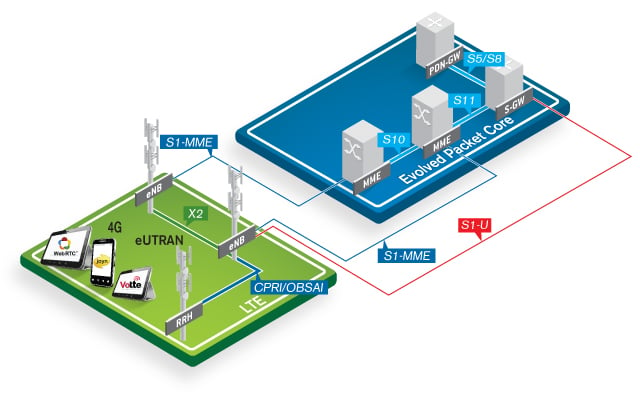Description
Fueled by the explosive growth of 4G LTE data traffic, cost and operational benefits, as well as the promise of new competitive services, voice-over-LTE technology is the industry-accepted evolution of voice services.
Facilitating richer multimedia voice services and offering increased service quality through high-quality HD voice, VoLTE provides greater spectrum efficiency through the LTE network architecture. As such, this emerging technology is being rolled out into the live network, with more and more service providers planning mass deployment over the short term.

Ensuring QoE—A Must for NSPs
With the acceleration of VoLTE testing and deployment, service providers need to ensure that their mobile subscribers experience the same reliability and quality they have become accustomed to with 2G/3G circuit-switch. This means guaranteeing the implementation of voice codecs, interoperability of mobile devices and the network, voice stream and voice quality, and much more.
As such, effective VoLTE call troubleshooting in the live LTE network can make the difference between a successful VoLTE launch and compounding service problems resulting in dissatisfied customers and a competitive disadvantage. But, effective VoLTE troubleshooting is dependent upon the ability to analyze the network end-to-end LTE, in addition to both control- and user-plane behavior, with a specific focus on analyzing session initiation protocol (SIP) and real-time protocol (RTP) issues transferred on the user plane.
An effective analyzer tool with end-to-end support for multiple network elements will save hours of troubleshooting time and improve network quality. Whether they are only testing the waters of VoLTE or aiming to ultimately consolidate voice and data services over the LTE network, mobile network operators (MNOs) must use every tool at their disposal to ensure they get it right the first time.
Key benefits
- Cover full end-to-end LTE and IMS control-plane analytics
- Full analysis of SIP signaling
- RTP/SIP details with the speed of 10 million calls per hour
- Correlate the LTE signaling issues and SIP issues for problematic calls
- Perform voice playback or analyze mean-opinion-score (MOS) data
- Use raw data for root-cause analysis, or to report errors to vendors
- High-level reporting for subscriber VoLTE experience with one-click drill-down to details
- LTE signaling sessions, automatic session correlation over all interfaces, and over 150 parameters
- SIP correlated session analytics with definable details for each session
- MOS/rating factor (R-factor) analytics for every RTP stream
- One-click subscriber search with end-to-end VoLTE view based on international mobile subscriber identity (IMSI), phone number or IP address

